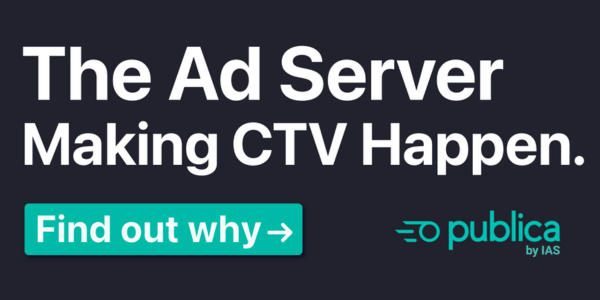CTV advertising is experiencing a power shift as original content manufacturers (OEMs) position themselves at the intersection of audiences, advertisers and content providers.
In the eyes of advertisers, OEMs have risen in importance by including built-in FAST channels on their devices, combining subscription services and opening up their home screen to advertisers. By offering free, ad-supported service offerings combined with live TV and on-demand content built into the hardware, OEMs are lowering the barrier to entry for brands to advertise on TV.
OEMs have adapted their business models to drive the growth of CTV. Their role has become crucial for advertisers that invest in the channel.
Fragmentation and discoverability
The IAB predicts that ad spend on digital video (52%) will eclipse ad spend on linear channels (48%) for the first time in 2024. OEMs have played a role in driving ad spend by increasing inventory and introducing content discovery solutions to recommend relevant programming to viewers. This expanded inventory, including the device’s home screen, has helped reduce fragmentation and enhance the viewer experience through content discovery.
Centralized inventory also means OEMs can provide advertisers with valuable insights into campaign performance. This data can be used to optimize spend toward target audiences or even alleviate common challenges in CTV advertising, such as frequency management.
OEMs are offering personalized and interactive experiences that drive consumer engagement and business outcomes. But the future of CTV requires a seamless integration of technology and creativity, which means interoperability and industry collaboration.
Breaking down the walls
Smart TVs are now in more than half of US households where there’s an average of 17 connected devices per home. This widespread availability means OEMs can offer advertisers immense access to first-party data from viewers who have opted in across multiple platforms.
For advertisers of all sizes, OEMs also provide access to premium supply at scale. They have removed the barriers to entry for smaller brands looking to reach consumers on the biggest screen in their home. For an advertiser that may have been unable to access premium inventory on linear television, OEMs enable them to place their brand alongside high-quality, brand-safe content that is both scalable and rich in unique data.
Using the wealth of insights from automatic content recognition (ACR) technology, OEMs gain a deep understanding of viewing behaviors. This enables them to play a pivotal role in connecting advertisers with the right content for the right audience, ensuring ad spend is strategically optimized for maximum performance.
To help advertisers with their various campaign goals and strategies, OEMs can utilize clean rooms to match their first-party data with an advertiser’s data to plan, build audiences and execute. This is where OEMs showcase their ability to measure objectives in CTV and apply viewer data to optimize ad campaigns. OEMs can help create a fuller picture of viewer consumption habits so advertisers get a better understanding of their audience.
This wealth of data and new inventory has created incremental supply opportunities for new advertisers to get in where they may not have been able to in linear television. This inventory is addressable, measurable and ensures advertisers have full-funnel attribution.
Insights to action
The role of CTV isn’t solely to divert ad spend from linear television, even as a gradual shift in ad buying occurs. Instead, CTV offers advertisers beyond the top 200 an equitable opportunity to invest in premium, linear-like experiences, expanding access to high-quality advertising environments.
While many brands may not be able to budget for traditional linear TV, CTV offers a lower barrier with greater measurement, targeting and additional formats. OEMs give access to home screen display, interactive ads and pause ads. They also provide data that is essential for cross-channel attribution, enabling advertisers to understand how consumers engage with TV ads and measure if they take action on mobile.
OEMs are evolving into a key player in cross-channel attribution, emerging as partners that can drive mobile outcomes. Advertisers can take advantage of geotargeting or weather targeting to ensure their ads are highly relevant and reach the right audiences.
The fragmentation in the CTV market has created challenges and frustration for advertisers. But as OEMs have introduced new content discovery solutions for their users, grown their content offerings and ad products and made their data more accessible, advertisers should consider how they can take advantage of their position as the first screen in a streamer’s journey.
For more articles featuring Cameron Miille, click here.













